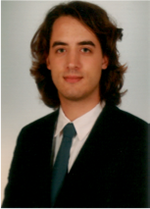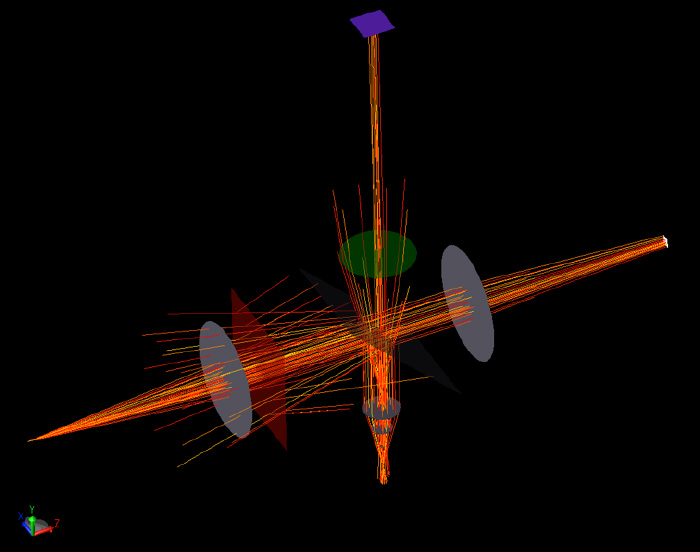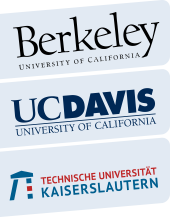

RESEARCH PROGRAM
Title: Virtual measuring instruments
Name: Dr. François Torner
(former student)
Project description:
Starting situation
Virtual measurement setups get more and more important within industrial applications, manufacturing systems and processes. Virtual measurement devices may be used to validate measurement results and can help to get a better understanding of existing sensors. Furthermore virtual measurements may be used to predict results and can help to improve existing sensor concepts. Additionally virtual measurement systems may be supportive to find the best sensor for a certain measurement task.
The virtual development of optical sensors gives us the possibility to consider well known properties like numerical aperture, focal length or any kind of aberration effects, but even more complex information like Optical Transfer Functions or light scatter effects can be taken into account. Furthermore the virtual approach gives us the ability to link geometric measurement data with virtual sensors, in order to achieve realistic measurement results.
Approach
The approach consists in using ray-tracing software to build virtual measurement setups - such as an angle resolved scattering light sensor (ARS) and a coherence scanning interferometer (CSI). The virtual sensors refer to real measurement setups, which are commonly used at the institute for measurement and sensor technology.
The first approach consists in simulation. The virtual sensors have to be built and must be validated. Further analysis will follow. Optical Transfer Function will be estimated in order to predict real measurement results in the future.
Expected Results
The expected results consist in information on Optical Transfer Functions. These can be used to characterize optical advices like the ARS or the CSI and may be used to predict geometric measurements and surface analysis. In case of the ARS the scatter distribution function of the virtual sensor may be compared with a real existing sensor. In case of the CSI algorithms for the surface reconstruction can be tested using virtual measurement results and image stacks.

Figure 1: Paraxial ray-tracing model of a CSI with a so called Mirau-objective

